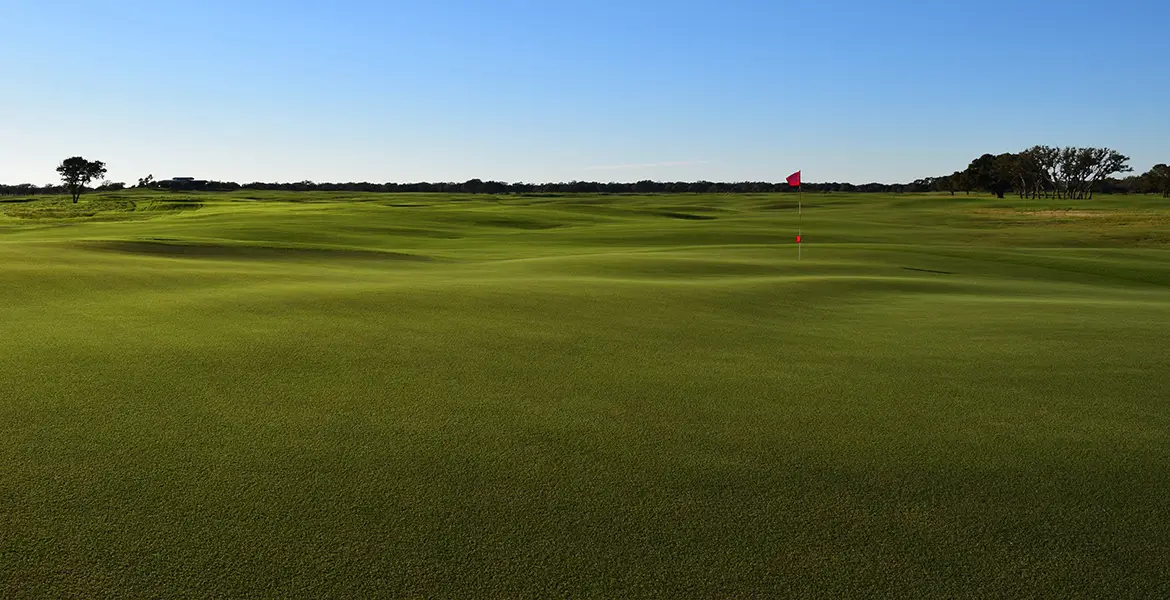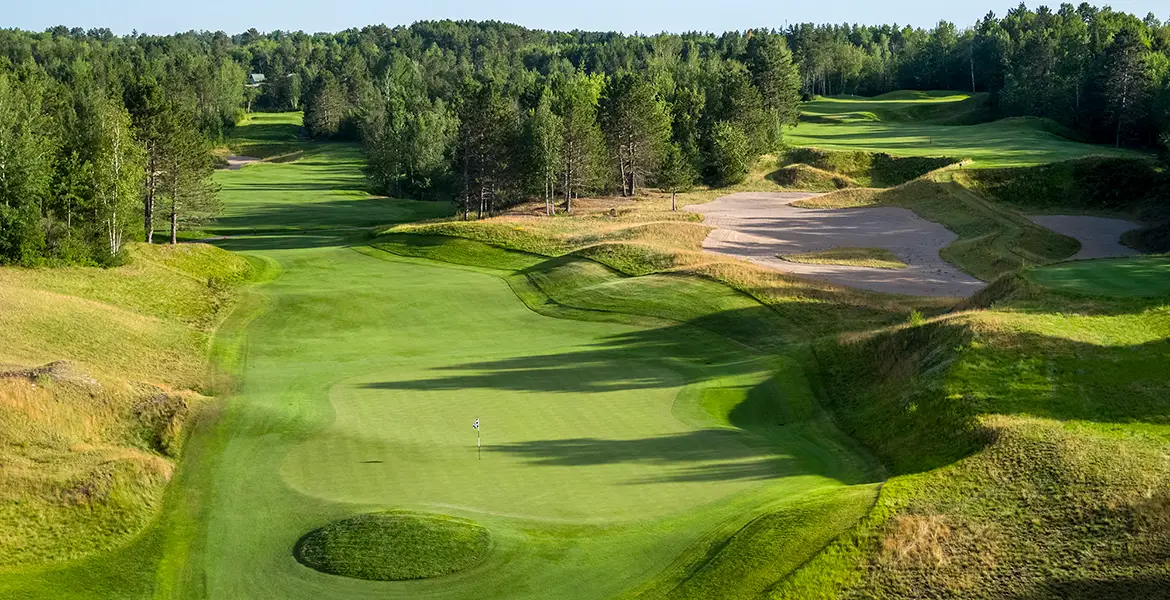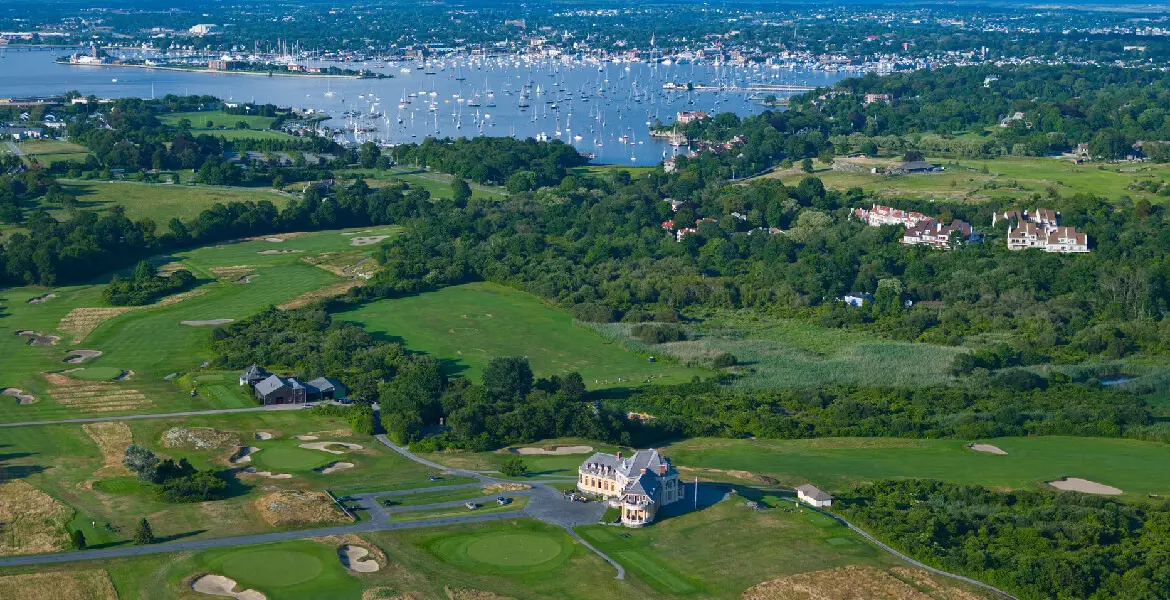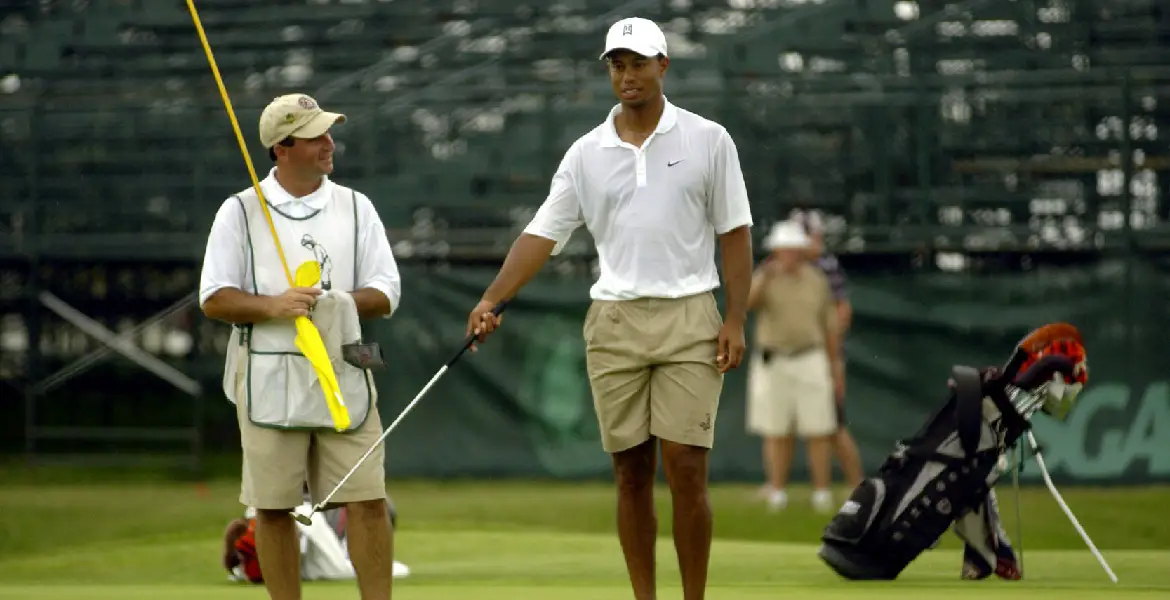How three Yanks created and elevated an Irish icon, Waterville Golf Links
On the roll call of Ireland’s classic trophy courses, Waterville Golf Links reliably occupies a lofty spot, alongside Ballybunion, Lahinch, and Portmarnock. Where Waterville differs, however, is its origin story. The other three bucket-listers established their championship credentials prior to World War II. Waterville? Not so much. Its modest 19th-century 9-hole layout was so unexceptional that it was derelict by the 1950s. A new Waterville emerged in 1973. Amid one of the Emerald Isle’s most captivating oceanside settings in County Kerry, it fell to three Americans, John A. Mulcahy, Jay Connolly, and Tom Fazio—all with Winged Foot connections—to boost Waterville into today’s rarefied air, ranking 77th in the world on The LINKS 100 list. Here’s the backstory.
John A. “Jack” Mulcahy personified the dream of every immigrant. Born in Waterford in southeast Ireland, he emigrated to the United States in 1923 at age 17. Four-and-a-half decades later, after amassing sizable sums in steel and pharmaceuticals, the Winged Foot member decided to build a world-class links in the land of his birth.
Mulcahy found his ideal spot in 1968 on the edge of Ballinskelligs Bay and enlisted Irish architect Eddie Hackett to craft Ireland’s most spectacular and formidable championship test at 7,116 yards. Winged Foot head professional (and 1948 Masters winner) Claude Harmon consulted on the job. Among the great holes they created were the par-five 11th, “Tranquility,” which slithered between massive dune ridges; the par-three 12th, “Mass Hole,” which called for a carry over a vast hollow where 17th-century Catholics secretly celebrated a forbidden mass; and the stunning seaside par-three 17th, “Mulcahy’s Peak,” its elevated back tee and green isolated by dense vegetation and backdropped by mountains known as MacGillycuddy Reeks.
To inform the world of Waterville’s glories, Mulcahy staged a European Tour event called the Kerrygold International from 1975–77 and summoned a fistful of top-tier Americans to the party. Sam Snead’s assessment of Waterville as a “magnificent monster” cemented the course’s must-play status, balanced nicely by Raymond Floyd’s appraisal that Waterville is “one of the most beautiful places I’ve ever seen.”
Mulcahy sold his interest in 1987 to a consortium led by fellow Winged Foot member Jay Connolly. Somehow, Connolly lavished comparable affection and attention on Waterville. On his watch, he effected a Coastal Management Project to stabilize the links from erosion and in 1998 welcomed another group of American pros, this time visiting on a buddy trip. Tiger Woods, Mark O’Meara, and local favorite Payne Stewart couldn’t suppress their joy from the experience, catapulting Waterville back into the international limelight.
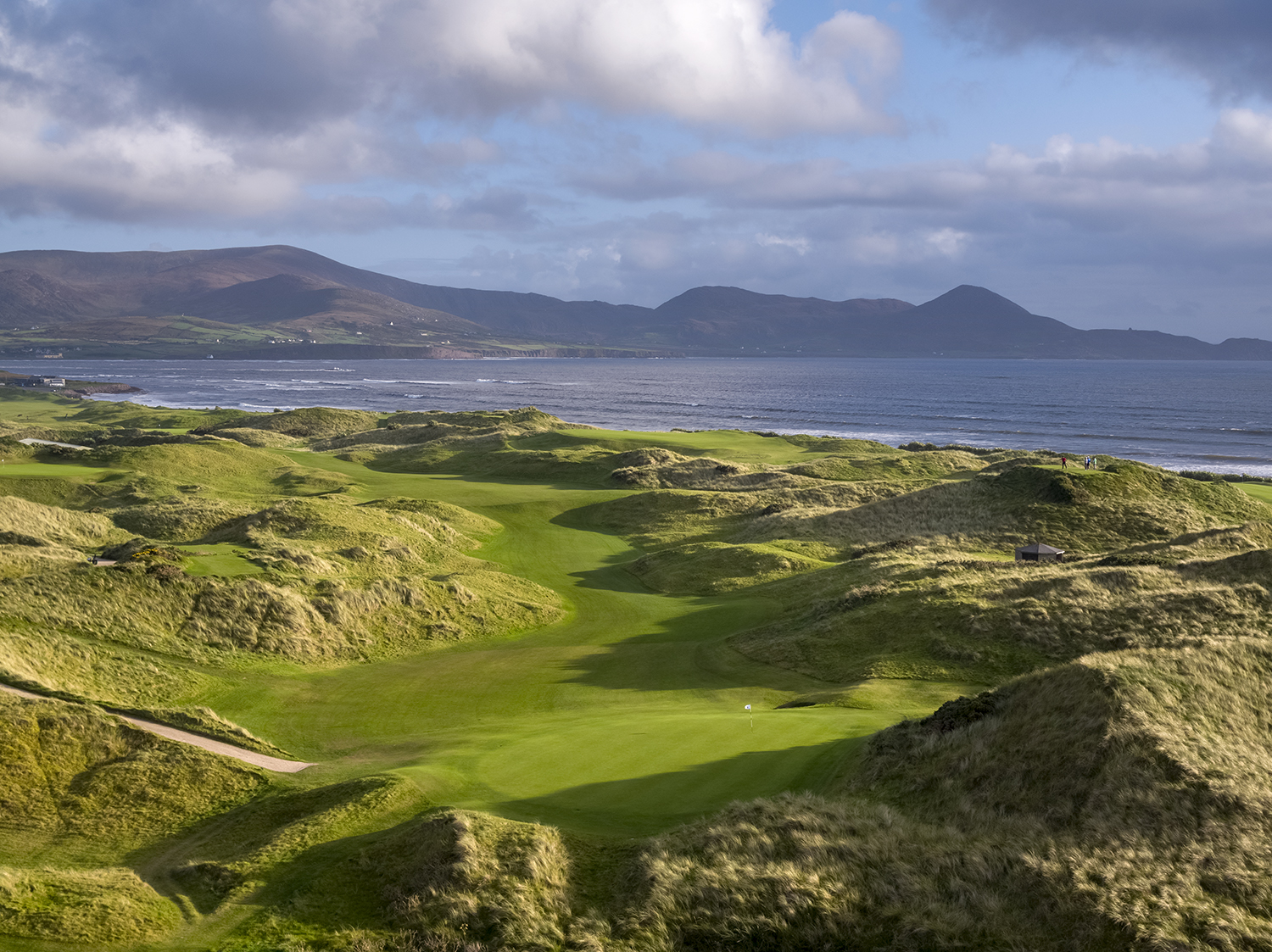
By 2000, however, the vaunted course needed a refresh. Connolly presided over the decision to appoint Tom Fazio to renovate the layout. Wait: That Tom Fazio? The guy who wouldn’t work overseas and avoided renovation work? Yes. That Tom Fazio.
In truth, Fazio had quietly consulted for years with two of America’s greatest clubs, Pine Valley and Augusta National. Additionally, Connolly had witnessed Fazio successfully renovate Winged Foot West ahead of the 2004 U.S. Amateur. Convincing Fazio to take on the task was another matter.
“My three sons and I had been coming to Waterville for many years for the World Invitational Father & Son tournament,” stated Fazio in a 2015 interview. “When asked to be involved in renovating the course, my first reaction was that it was too far to travel. But I fell in love with the town and its people.
“The original nine holes were built on linksland in the 1880s with another nine on flatter land in the 1960s. This created a huge distinction between the nines. My brief was to blend the two to create continuity while retaining the challenge, beauty, and excitement.”
Mission accomplished. Fazio injected ripples, dunes, and links bunkers to provide consistency from one nine to the other; he relocated the 2nd, 15th, and 16th greens; he recontoured some of the flatter putting surfaces; and he created two original holes, swapping out the old par-four 6th and par-three 7th for a new par-three 6th and par-four 7th. With enhanced strategic options, scenic vistas, and authentic links traits, the course reopened in 2004 to widespread acclaim. With all due respect to William Butler Yeats, there’s nothing terrible about this beauty.


